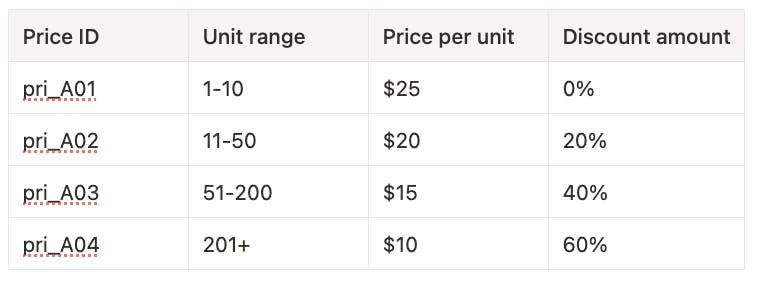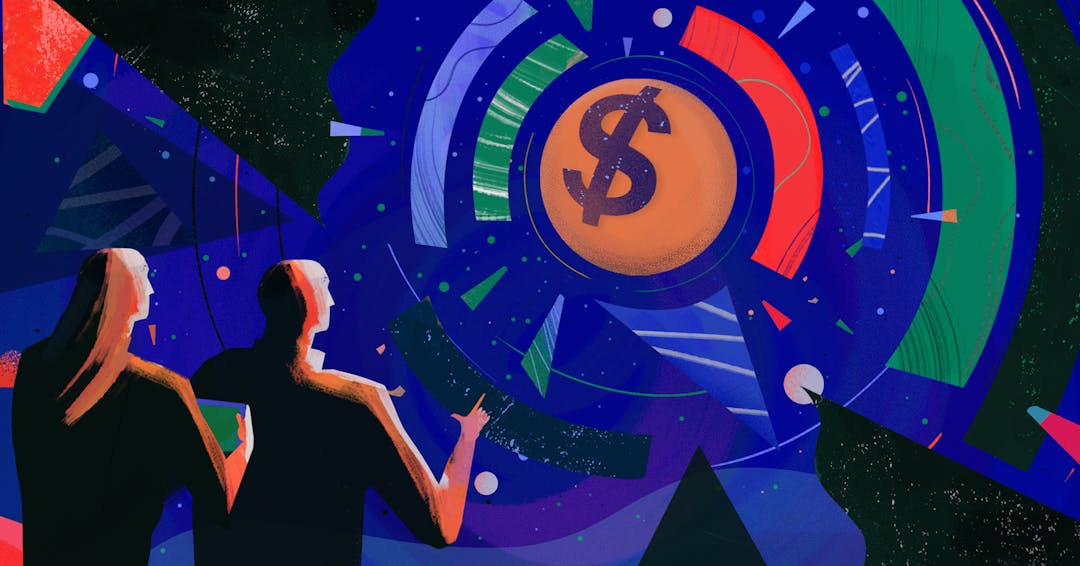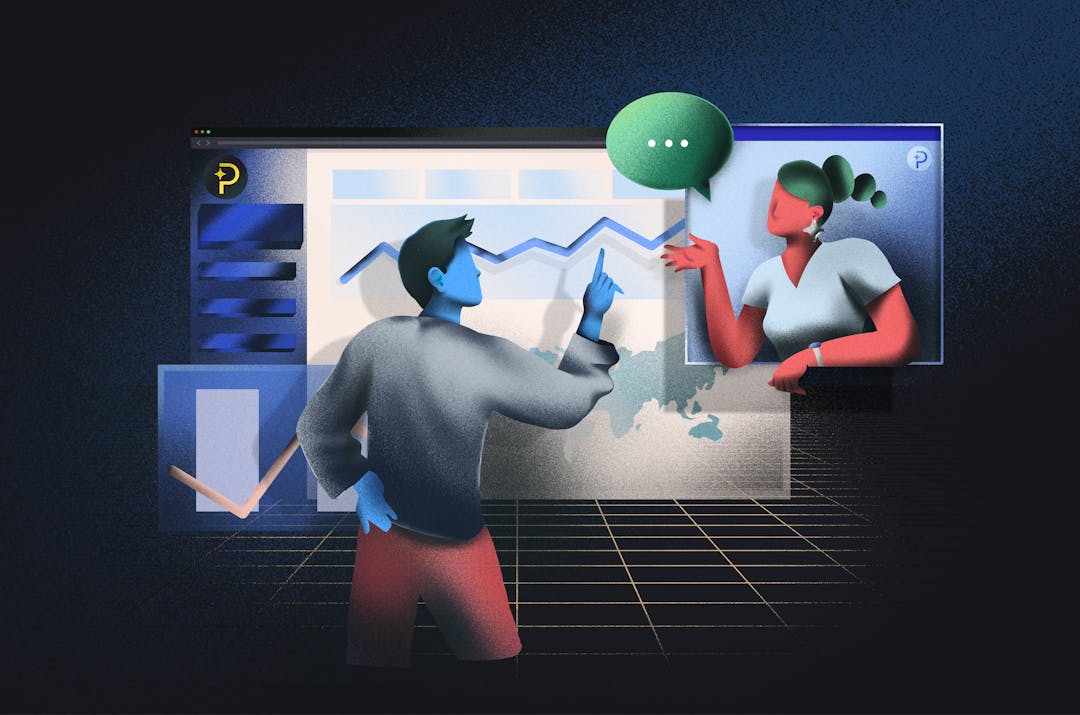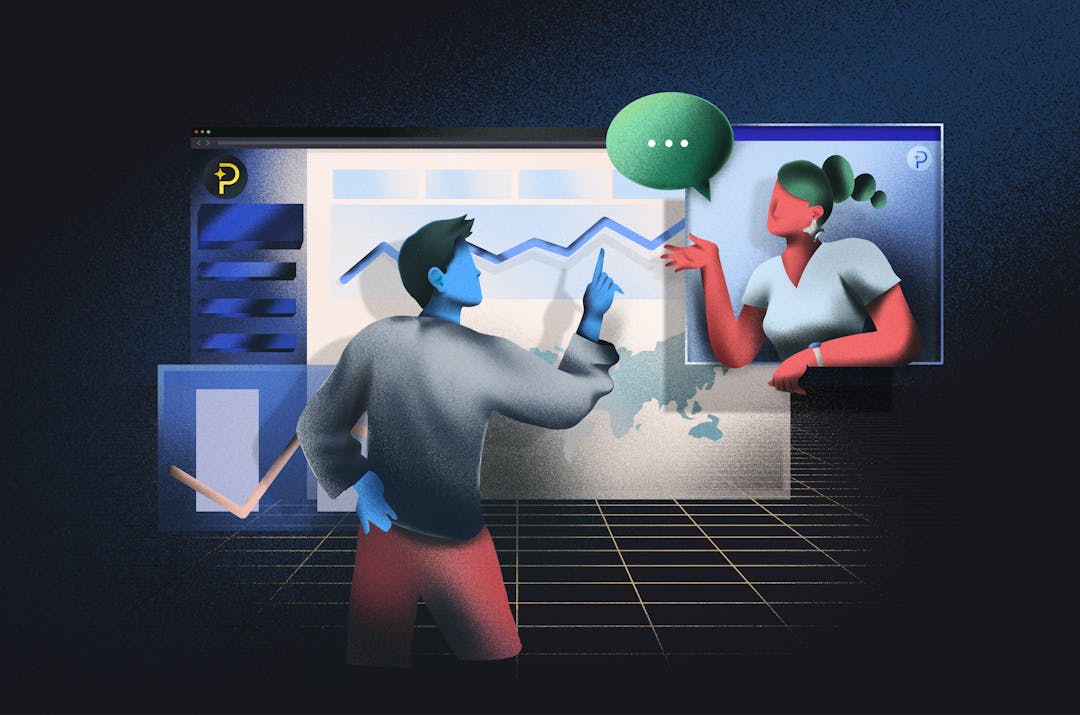Discounting can be a powerful tool for SaaS companies looking to boost customer acquisition, retention, and revenue growth. When done strategically, discounts can create urgency, attract new users, and incentivize larger purchases or long-term commitments.
However, it's crucial to align your discounting strategy with your overall business goals to avoid undervaluing your product or complicating future pricing strategies.
In this guide, we’ll explore various discounting options available to SaaS companies, covering everything from price reductions and bundles to unit volume discounts and freebie campaigns.
We’ll also highlight how to effectively use Paddle Billing to implement these discounts, ensuring you can run successful campaigns without jeopardizing your long-term financial health.
Let's dive in.
Discounting options
When running a campaign or introducing new discounts to your products and services, it’s vital to align your discounts with your long-term goals to avoid undervaluing your product or creating future pricing challenges.
Luckily there are a range of discounting options you can use to achieve your goals, including price reductions, bundles, unite volume discounts, longevity discounts, freebie campaigns, and feel-good campaigns.
We cover these in detail below, and how Paddle Billing can help you:
Price reductions
Price reductions are the most common discounting strategy used, by typically giving percentage or monetary discounts off the full price. Many SaaS companies offer small price reductions as a standard, such as 10% for signing up to a mailing list or $10 off your first order, and increase these for use during targeted campaigns like Black Friday—usually between 20% to 50%.
For both standard and campaign-based discounts, it’s important to advertise these prominently across your marketing channels, emphasizing urgency and scarcity to drive immediate action. Showcasing the original price alongside the discounted price helps anchor the value of the offer, encouraging customers to act quickly.
How to do it with Paddle
Paddle Billing allows you to easily set percentage or amount-based discounts, including one-time discounts for first-time purchases or recurring discounts that apply to future renewals. You can limit the number of renewals the discount applies to, helping prevent over-discounting and allowing you to offer more aggressive discounts during targeted campaigns without long-term financial risks.
Learn more about setting up discounts in Paddle in our Developer Docs
Bundles
Bundling products or services together at a discounted price is a popular promotional tactic that entices customers and exposes them to more of your product. SaaS companies can bundle different plans, features, or services into one attractive deal, increasing perceived value and making the offer more enticing.
Bundles not only provide customers more for less, but they also expose users to premium features, encouraging upgrades and upsells. With more features in their package, customers are less likely to switch to competitors, boosting retention.
How to do it with Paddle
There are various ways you can achieve ‘Bundle’ discounts in Paddle Billing, and these center around the customer type you’re trying to target.
For new traffic, you could automatically apply a discount to your Paddle Checkout based on its contents. You’d achieve this by listening to the checkout events and setting a flow to apply a discount once specific prices have been added - "if checkout items contain price A, B and C, apply discount A”. This can absolutely be used for existing customers too, but it depends on how they interact with your online store.
For existing customers, you might favor a more personal or exclusive approach by running an email campaign inviting them to an ‘Early-bird’ sale, or a loyalty discount.
These campaigns could include various discounting options, but you’ve already hooked these customers so it’s the perfect opportunity to cross-sell any additional products or add-ons you offer.
To target existing customers specifically, you can create a flow for them to access which directly passes through the Discount ID, preventing checkout codes from being shared on social media and new customers using them. Discounts in Paddle Billing can also be limited to specific products and prices, allowing you to discount additional purchases, without also having to discount a customer's current subscription.
Learn more about setting up discounts in Paddle in our Developer Docs
Unit volume discounts
Offering unit volume discounts incentivizes customers to purchase more by giving them a lower unit price as their purchase quantity increases. This can be ideal for SaaS companies offering team subscriptions or bulk licenses.
This strategy not only encourages customers to buy in larger quantities, but also helps lock in long-term value while preventing smaller unit purchases from being over-discounted and becoming an operational burden.
How to do it with Paddle
There are a couple of methods for achieving unit volume discounts in Paddle Billing. The first is to create multiple prices pointing to different unit ranges. When a customer selects the volume of units they plan to consume, you pass through the price ID relating to the unit range they fall. For example:

If a customer selects 55 units, you’d pass through price ID pri_A03 and we would charge the customer $825, a 40% discount. By using prices to achieve volume-based discounts, you leave room to offer an additional discount in the future, whether as a thank you or as a retention tactic.
The second method for achieving unit volume discounts would be to configure different discount amounts that would be applied based on the quantity of units selected. Using the above example, you would create a discount for each unit range, and instead of passing through different price IDs, you’d pass through the discount ID relating to the discount you plan to offer for that unit range. Unlike using the price IDs, these would appear on your customer’s receipts and invoices as a discount but they’d prevent you from adding additional discounts to the customer's subscription in the future.
Learn more about setting up discounts in Paddle in our Developer Docs
Longevity discounts
Longevity discounts are particularly effective for SaaS companies offering subscription products. You can incentivize long-term commitments by offering steeper discounts for annual or multi-year subscriptions, compared to monthly plans. This reduces churn and provides more predictable revenue over time.
How to do it with Paddle
In Paddle Billing, you can configure different prices for the products you sell. This allows you to offer different billing intervals (monthly, yearly etc.) and to reduce your prices for longer commitments.
If you’ve already set up your standard pricing to offer longevity discounts, you can increase these during a targeted campaign period by setting up new price points or by configuring discounts that are limited to specific prices.
Learn more about setting up discounts in Paddle in our Developer Docs
Freebie campaigns
Freebie campaigns can be a great alternative if you can’t offer deep discounts. Offering free trials, additional months of service, or bonus features can provide value to customers, giving them a chance to experience premium features without an upfront commitment.
How to do it with Paddle
Paddle Billing lets you set a free trial when creating a new recurring price for your product. As this is supported at the price level, it means you can offer different free trial lengths for different subscription intervals, so your annual subscribers can benefit from longer free trials than say your monthly or weekly ones.
As prices are revisioned in Paddle Billing, you can change your current pricing to include a free trial for the campaign period without affecting your current customers or pricing pages.
Alternatively, new pricing can be created in minutes, which will allow you to later compare the performance of your campaign prices and customers to your standard pricing and customer base.
Alongside free trials or feature access, freebie campaigns can be used in a competition format by offering a free purchase to the 100th customer, for example, or placing all orders made throughout a campaign period into a prize draw.
Using a competition-style campaign can allow you to offer a much more attractive discount – all the way up to 100% – as you’re only giving this discount to a single customer or a smaller subset of your customers. This can be very effective in building hype and generating a surge of sign-ups or upgrades, a majority of which will be charged in full if they’re not the competition winner.
Tracking a specific checkout session to identify your 100th customer, for example, can be difficult and problematic if you have two or more customers entering the purchase flow at the same time.
With Paddle Billing, you can isolate your competition winner by subscribing to our transaction.completed webhook. This will give you all of the information you need, including the timing of the transaction down to the second and the contents of the transaction so that you can offer your competition winner a discount or refund their purchase.
Learn more about setting up discounts in Paddle in our Developer Docs
Feel-good campaigns
Instead of offering discounts, feel-good or charity campaigns can align your SaaS business with a cause. You can pledge to donate a portion of sales to a charity, giving customers a reason to feel good about their purchase. This appeals to socially conscious customers and helps build brand loyalty.
How to do it in Paddle
Similar to freebie campaigns, Paddle Billing can help with the burden of manually reviewing every purchase by subscribing to the transaction.completed webhook.
This webhook will notify you every time a successful purchase is made during your campaign, so you can keep your customers updated on the growing charitable contribution you’ll be making.
Learn more about setting up discounts in Paddle in our Developer Docs
Building the best pricing pages
Anchoring your prices
When offering a discount you should leverage price anchoring to highlight the true value of the discount.
Price anchoring involves prominently displaying the regular, non-discounted price next to the special offer, making the savings appear even more significant. This comparison creates a psychological effect where the higher original price makes the discounted price seem like a better deal, increasing the likelihood of conversions.
By clearly contrasting the regular price with the lower, limited-time offer, you amplify the perceived value and urgency, encouraging potential customers to act quickly and take advantage of the special pricing.
The importance of pricing disclosure
During a discount campaign or when introducing a new standard discount, transparent pricing disclosure is crucial to build trust and manage customer expectations. It's important to clearly communicate when the discounted price will expire, creating urgency while also ensuring that customers understand the limited-time nature of the offer.
Additionally, if you anticipate future price increases, be upfront about this in your promotions.
Informing customers that subscribing now locks in a lower rate before prices rise in the future not only drives conversions but also helps prevent potential churn. When users feel blindsided by sudden price hikes, they’re more likely to leave, so transparency is key to maintaining loyalty and reducing long-term attrition.
Create your pricing page with Paddle Billing
Pricing pages show prospects the subscription plans, add-ons, or one-time charges you offer and how much they cost. They're one of the most important pages on your website and typically play a key role in customer conversion.
You can use Paddle.js to build pricing pages that show customers tour different subscription frequencies, offers and discounts. If you run your business globally, you can also automatically show customers the prices that are relevant to their country, displayed in their local currency with estimated taxes.
Post-campaign checklist
Managing pricing changes and discounts after a campaign is crucial for maintaining pricing integrity and avoiding revenue leakage. We’ve added some tips below on how to look after your business after running a discount campaign:
- First, setting usage limits for discounts ensures customers don’t exceed the boundaries of the promotion, preventing excessive discounting on future purchases.
- Setting clear expiration dates on discounts is equally important, signaling when the offer ends and eliminating confusion about pricing changes.
- Once the campaign is over, archiving promotional prices prevents further access to discounts while ensuring that customers who signed up during the promotion still retain their agreed pricing, preserving trust.
- Proper management of discounts and promotional pricing helps avoid discount abuse, such as customers attempting to exploit expired deals, and prevents incidents of over discounting, which can erode your profit margins.
Careful planning and execution of post-campaign pricing help sustain your long-term financial health and customer satisfaction.
Get started using discounts to your advantage
Discounting strategies are a key component for SaaS companies looking to drive growth, attract new customers, and boost retention.
After reading through this guide you should have a better understanding of the best practices for running successful campaigns, including how to leverage Paddle Billing to set up discounts, and how to maintain pricing integrity post-campaign. With the right approach, you can offer discounts that increase sales while protecting your product's value and long-term financial health.
Head to our Developer Docs




